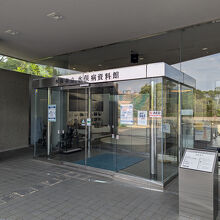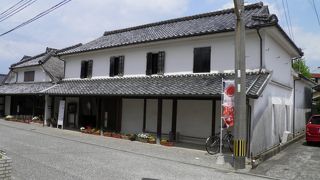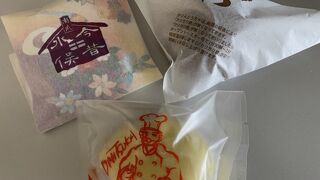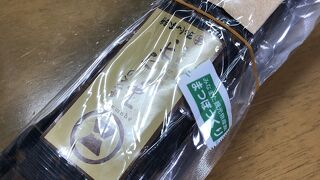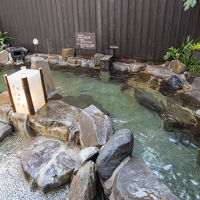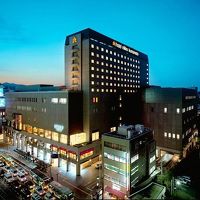水俣市立水俣病資料館
美術館・博物館
3.27
クチコミ・評判
1~1件(全1件中)
-
Minamata Disease Museum: A powerful reminder of history and hope for the future
- 5.0
- 旅行時期:2024/09(約1年前)
- 0
水俣市に立ち寄る機会があれば、必ず訪れるべき資料館、と言っても過言ではないと思う。
水俣病とは何か、水俣病の原因、対応の... 続きを読む遅れ、謂れのない差別や誹謗中傷とそれに市民が立ち向かっていくプロセス、多数の被害者の声、二度とこのような被害が出ないようにするための官民一体となった取り組み、そう言った要素が体系的に分かりやすく展示されている。全ての展示を隅々まで観て回っても1時間程度で済み、しかも誰もが無料で利用できる。
展示の内容も、決して被害を受けた患者の、感情的に偏ったものばかりではない。原因となった廃液を排水した新日本窒素肥料(現:チッソ)も、水俣市の経済発展に寄与した側面も少なからずあり、完全な悪役としての展示ではない。いずれの展示も事実及び科学的根拠をベースとしている。
工業用廃液の基準の厳格化や徹底した排水管理を経て、2000年代に入れば新規に水俣病患者として認定された人は皆無となった。しかしそれでも存命の水俣病患者は多数おり、今も尚水俣病は完全に収束していないことが分かる。この資料館は、風化させてはいけない過去と、二度と水俣病のような公害病を出さないためにどのように取り組んでいけばいいかの未来を提示していると思う。
If you have the opportunity to visit Minamata City, this museum is a must-see. It provides a comprehensive and clear explanation of Minamata disease, including its causes, the delays in addressing the issue, the baseless discrimination and slander faced by victims, and how citizens stood up against these challenges. The museum also highlights the voices of numerous victims and the collaborative efforts by the government and private sectors to prevent such tragedies from happening again.
The exhibits are thoughtfully organized and easy to understand. You can explore the entire museum in about an hour, and admission is free for everyone.
The content is not merely emotionally charged from the victims’ perspective. It also acknowledges the contributions of the company responsible, Shin Nihon Chisso Hiryo (now Chisso Corporation), to the economic development of Minamata City. The exhibits are based on facts and scientific evidence rather than casting any party as a complete villain.
Thanks to stricter regulations on industrial wastewater and thorough water management, no new cases of Minamata disease have been officially recognized since the 2000s. However, many patients are still living with the condition today, showing that the disease is not entirely a thing of the past.
This museum serves as a reminder of a history we must not let fade and offers insights into how we can prevent environmental disasters like Minamata disease in the future. 閉じる投稿日:2024/12/23
1件目~1件目を表示(全1件中)
基本情報(地図・住所・営業時間)
このスポットに関するQ&A(0件)
水俣市立水俣病資料館について質問してみよう!
水俣・湯の児温泉に行ったことがあるトラベラーのみなさんに、いっせいに質問できます。
-

Cyberさん






